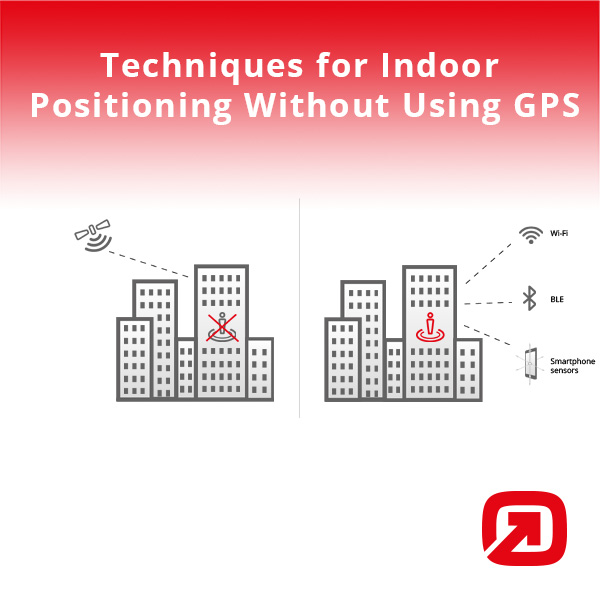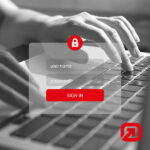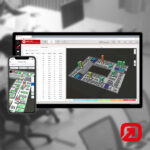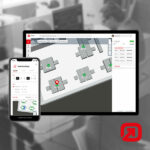Positioning and navigation using smartphones are very beneficial in everyday life. Where would we be without the friendly voice of google maps which shows us the way wherever we are? But, wait a moment, everywhere is not quite correct. GPS reception quickly reaches its limits, for example in tunnels, parking garages, under a cloud cover, in the forest, in urban canyons, inside buildings – in brief: GPS driven navigation does not work where there is no visual contact to several GPS satellites. And there is another problem: With GPS it is not possible to determine the floor level a device is located on. But there are some possibilities to put such an “indoor GPS” into practice.
INDOOR NAVIGATION AND INDOOR POSITIONING REALIZED WITHOUT GPS
Navigation is necessary after you entered a building, too. In complex facilities with several floors such as airports, exhibition halls, railway stations, hospitals, shopping malls, office and industry buildings and many more accurate navigation like we know it from road traffic navigation is desirable. Regarding asset tracking, staff tracking, location based services and geofencing, an accurate location determination is essential.
Indoor positioning and indoor navigation are therefore a big issue in many industries.
POSITIONING TECHNOLOGIES FOR INDOORS
infsoft uses several positioning technologies in order to implement indoor navigation and indoor positioning. We are happy to introduce the following techniques to you in the next couple of weeks – including information about accuracy.
- Wi-Fi
- Bluetooth (BLE, Beacons)
- VLC (Visual Light Communication)
- sensor fusion
Find out more about hardware for indoor positioning.







